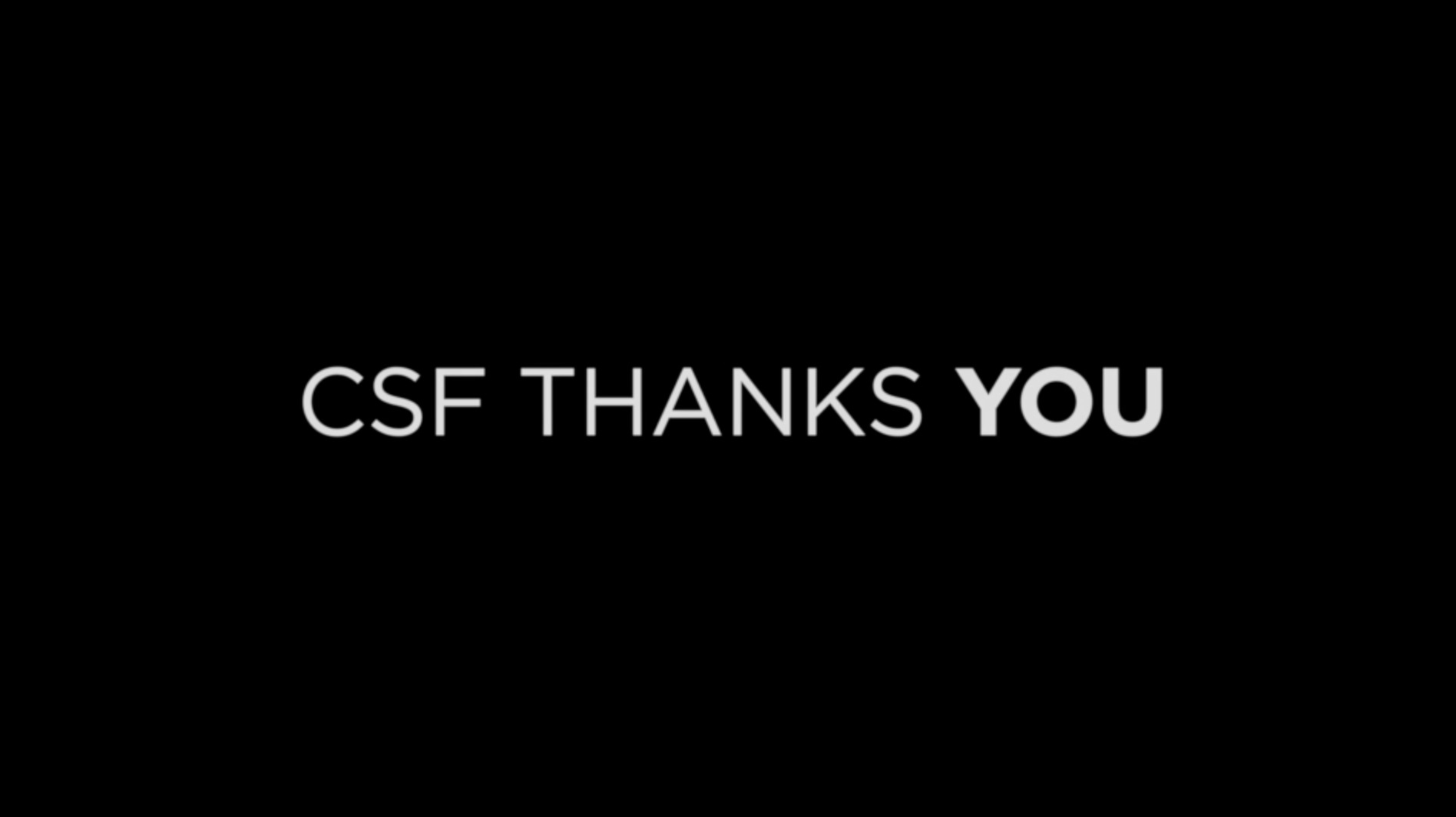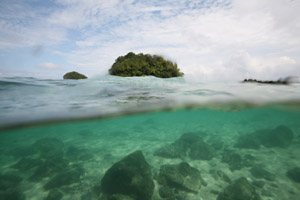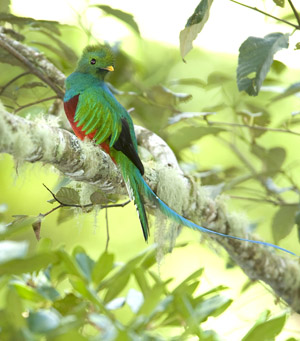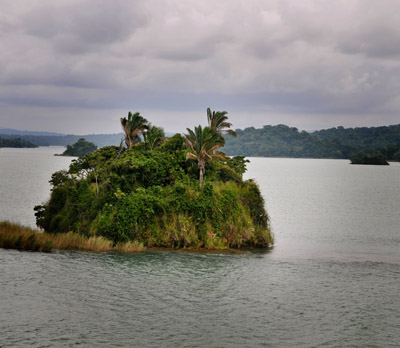News
The Hidden Costs of the Port of Barú in Panama
In the lush Chiriquí province of western Panama, a region known for its towering mountains, biodiverse rainforests, and rich coastal ecosystems, a proposed mega-development is stirring debate. The $200 million Port of Barú project promises economic growth and job creation—but it also threatens to unravel one of Panama’s most ecologically valuable coastal regions.
Every day, support from donors like you makes our work possible. Are you willing to make a special year-end donation to help us protect ecosystems around the world?Please, click here to make your donation now.
Coastal habitats worldwide produce billions of dollars in fishing and tourism income. In drawing up a management plan for one of its premier island sites, the Coiba National Park, Panama’s government was faced with decisions over how to make the most of the island gem’s economic potential without damaging its fragile ecosystems. In 2007, CSF joined the Smithsonian Institution and Conservation International to solve that dilemma.
On a clear day from the top of western Panama’s 11,400-foot Volcán Barú, you can see the Pacific Ocean to the south and the azure Caribbean to the north. A little harder to spot is the best route around the dormant volcano, the centerpiece of the 35,000-acre Volcán Barú National Park. In 2003, CSF and The Nature Conservancy (TNC) performed an analysis to find out.
One of CSF’s central ideas is that we can change the world by grabbing levers connecting to very big things, and pulling at the right time. The Panama Canal qualifies as a very big thing. The hundred-year-old waterway has been the most transformative piece of infrastructure in the Western Hemisphere and, in 2000, was set to transform Panama all over again. That’s when CSF helped a small, local organization pull on one of those levers for change.




